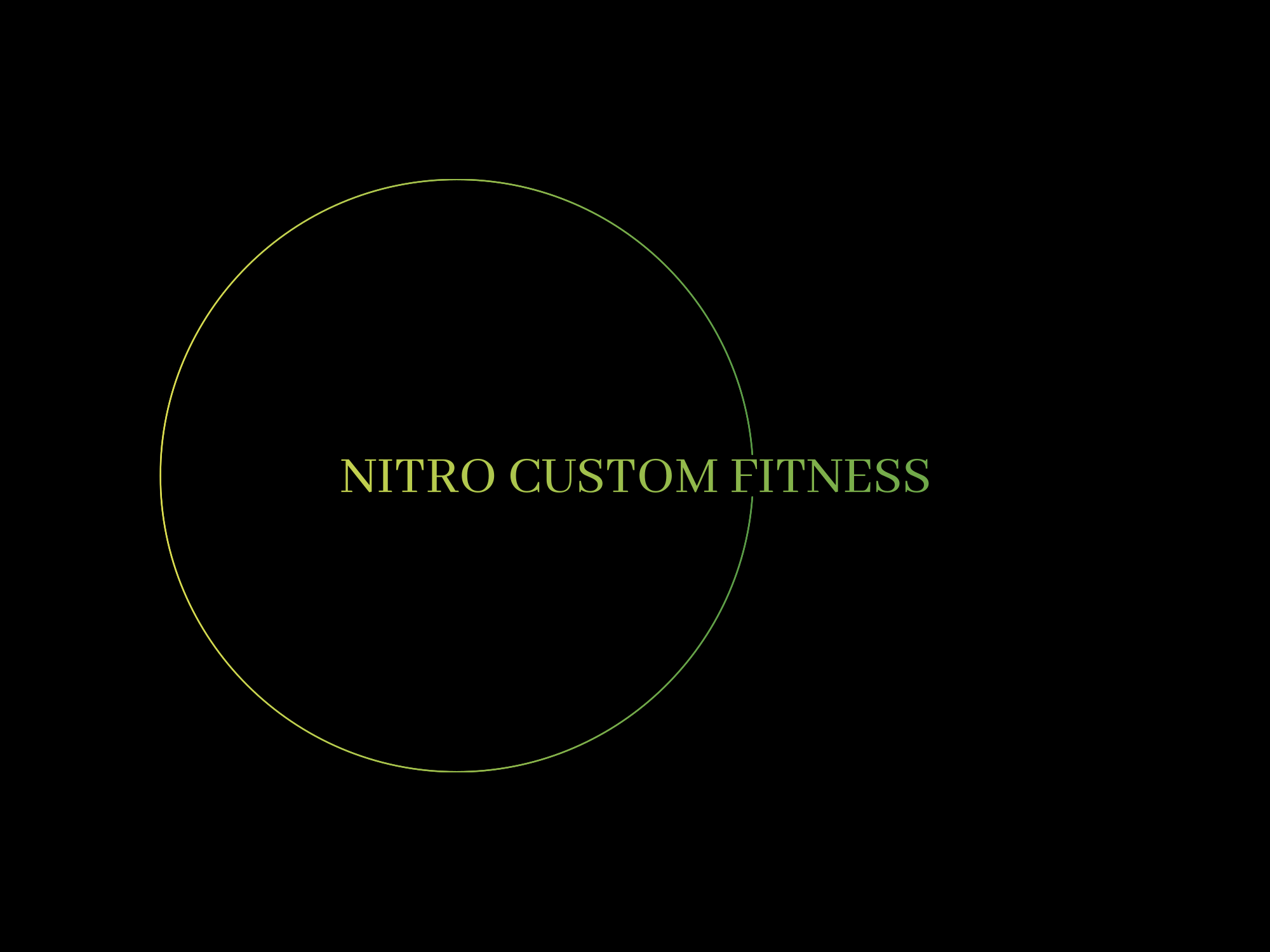As the fitness landscape continues to evolve, commercial gyms are increasingly embracing the integration of technology into their offerings. Among the most significant trends is the rise of smart fitness equipment, which is reshaping the way members engage with their workouts. From advanced treadmills to intelligent strength training machines, smart fitness technology is not just a passing fad; it’s a game-changer for the fitness industry. Let’s explore how smart fitness equipment is revolutionizing commercial gyms and why it’s a must-have for modern fitness facilities.
Understanding Smart Fitness Equipment Smart fitness equipment refers to machines and devices that are equipped with advanced technology, often featuring connectivity to apps and the internet. These devices can track performance metrics, provide personalized workout recommendations, and even offer interactive training experiences. Examples include smart treadmills, interactive spin bikes, and connected strength training machines that facilitate guided workouts.
Key Benefits of Smart Fitness Equipment in Commercial Gyms
1. Enhanced Member Engagement:
Smart fitness equipment offers interactive and immersive experiences that keep gym members engaged. Features like virtual classes, competitive leaderboards, and real-time performance tracking create a dynamic environment that motivates users to return.
2. Personalized Fitness Plans:
Many smart devices can analyze data and provide tailored workout plans based on individual fitness levels and goals. This customization helps members see better results and keeps them invested in their fitness journeys.
3. Real-Time Feedback:
With built-in sensors and connectivity, smart fitness equipment provides immediate feedback on performance metrics such as heart rate, calories burned, and workout intensity. This data helps members make informed decisions about their training and encourages them to push their limits.
4. Attracting Tech-Savvy Members:
As technology becomes more integral to everyday life, fitness enthusiasts are seeking gyms that offer modern, high-tech equipment. By incorporating smart fitness devices, commercial gyms can attract a broader range of members, particularly younger generations who prioritize innovation.
5. Streamlined Operations:
Smart fitness equipment can assist gym staff in monitoring equipment usage, maintenance schedules, and overall member engagement. This data can help streamline operations and improve the overall gym experience.
6. Community Building:
Many smart fitness platforms offer social features that allow members to connect, challenge each other, and share their progress. This sense of community can foster camaraderie and motivate members to stay committed to their fitness goals.
Challenges to Consider
While the benefits of smart fitness equipment are substantial, there are also challenges that commercial gyms should keep in mind:
1. Initial Investment Costs:
Smart fitness equipment can be more expensive than traditional machines. Gyms need to assess their budgets and determine which pieces of smart equipment will provide the most value to their members.
2. Technological Learning Curve:
Some members may be hesitant to use high-tech equipment due to unfamiliarity or perceived complexity. Offering training sessions or tutorials can help ease this transition and encourage members to take full advantage of the technology.
3. Maintenance and Updates:
Smart fitness devices require regular software updates and maintenance. Gym owners must factor in these ongoing costs and ensure they have the necessary resources to keep equipment functioning optimally.
The Future of Smart Fitness Equipment in Commercial Gyms As technology continues to advance, the potential for smart fitness equipment in commercial gyms is limitless. Innovations such as artificial intelligence, augmented reality, and virtual reality are on the horizon, promising even more engaging and effective workout experiences. Investing in smart fitness equipment is not just about keeping up with trends; it’s about enhancing the overall member experience and fostering a culture of fitness innovation. By embracing this technology, commercial gyms can position themselves as leaders in the fitness industry, attracting new members and retaining existing ones.
Conclusion
The rise of smart fitness equipment is transforming commercial gyms into high-tech fitness hubs that prioritize member engagement, personalization, and community. By integrating these innovative tools, gyms can enhance the workout experience and cater to the needs of a diverse and tech-savvy clientele. As we look to the future, it’s clear that embracing smart fitness technology is not just beneficial—it’s essential for staying competitive in the ever-evolving fitness landscape.

